
'Lúa Vermella', the film that talks about magical Galicia
Before 1841, oil paint was transported in pig bladders. Or in glass syringes. Capped tin tubes were invented thanks to a patent from John Goffe Rand in 1811 , and the modernists, fascinated with painting in the air, rushed to painting landscapes, with natural light and realistic motifs . Landscapes where the human being was small before the immensity of the weight of life itself. Millet painted farmers without greater adornment than what he saw before his eyes. Friedrich put people facing the abyss.
Friedrich lost his mother when he was seven years old. The following year he to a sister, for smallpox. He felt guilty for the death of his brother, who died saving him from falling into the ice. He was thirteen years old. At seventeen he loses another sister. So, to escape from the world, or to face it, he decides that he wants to paint.
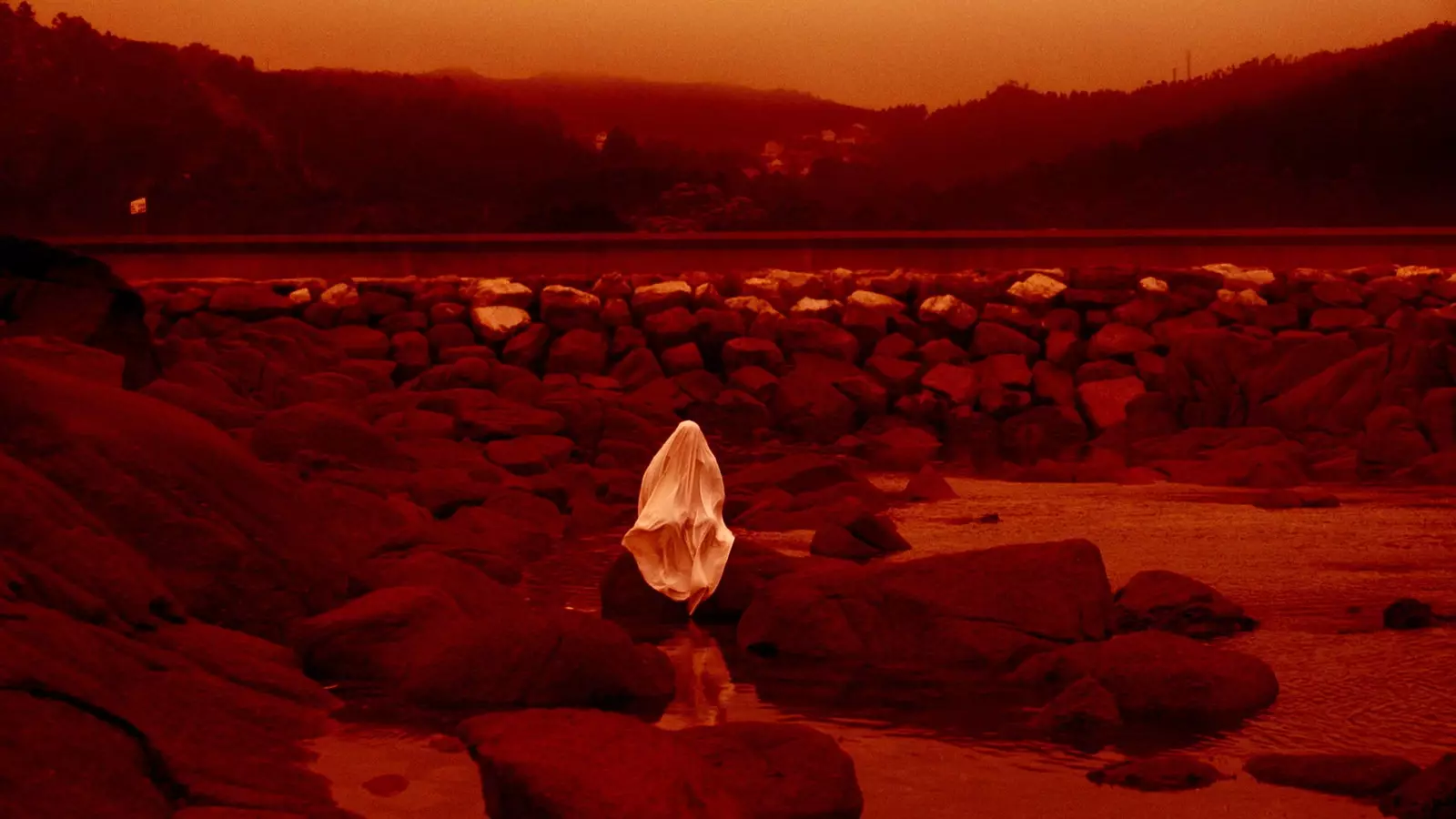
vermilion, red
Manfred Gnädinger decided to go to Galicia at the age of 23 . He arrived at Camelle, at the Post Office, in 1961. He was dressed in a suit, but he wanted to stay on the coast, naked . When the tanker disaster came Prestige , Man -which was what they called him in the town- felt so sad for what he was seeing that he stopped taking the pills the doctor prescribed and died . When they went to his booth, in the false bottom of the platform they found more than three thousand notebooks with almost two hundred thousand drawings. Of the sea, of infinity, of the world.
Man's funeral is attended by a young Lois Patino . He was born in Vigo, in 1983, and is son of the abstract painters Menchu Lamas and Antón Patiño . They taught him that, as he said cunqueiro, the ocean is a big animal that breathes twice a day , and that the blue of this, as he would say Leila Guerrero , is of a blue so definitive that it seems an opinion. learn the limits of reality and fiction, the fable, the tale, the myth, the dream.
I had never been to the Death Coast , but he knew what it meant. World's End , the place with the most naval accidents on the entire planet, the souls that can't find his place, that can't find his name. And there, in the farewell of the hermit who dreamed of the sea, he finds his place in the world. Beginning, development, end. Life, immensity, death. Millet, Friedrich, Cunqueiro. Man . How far we enter into what we see, how far what we see penetrates us. And Lois Patiño began to record.
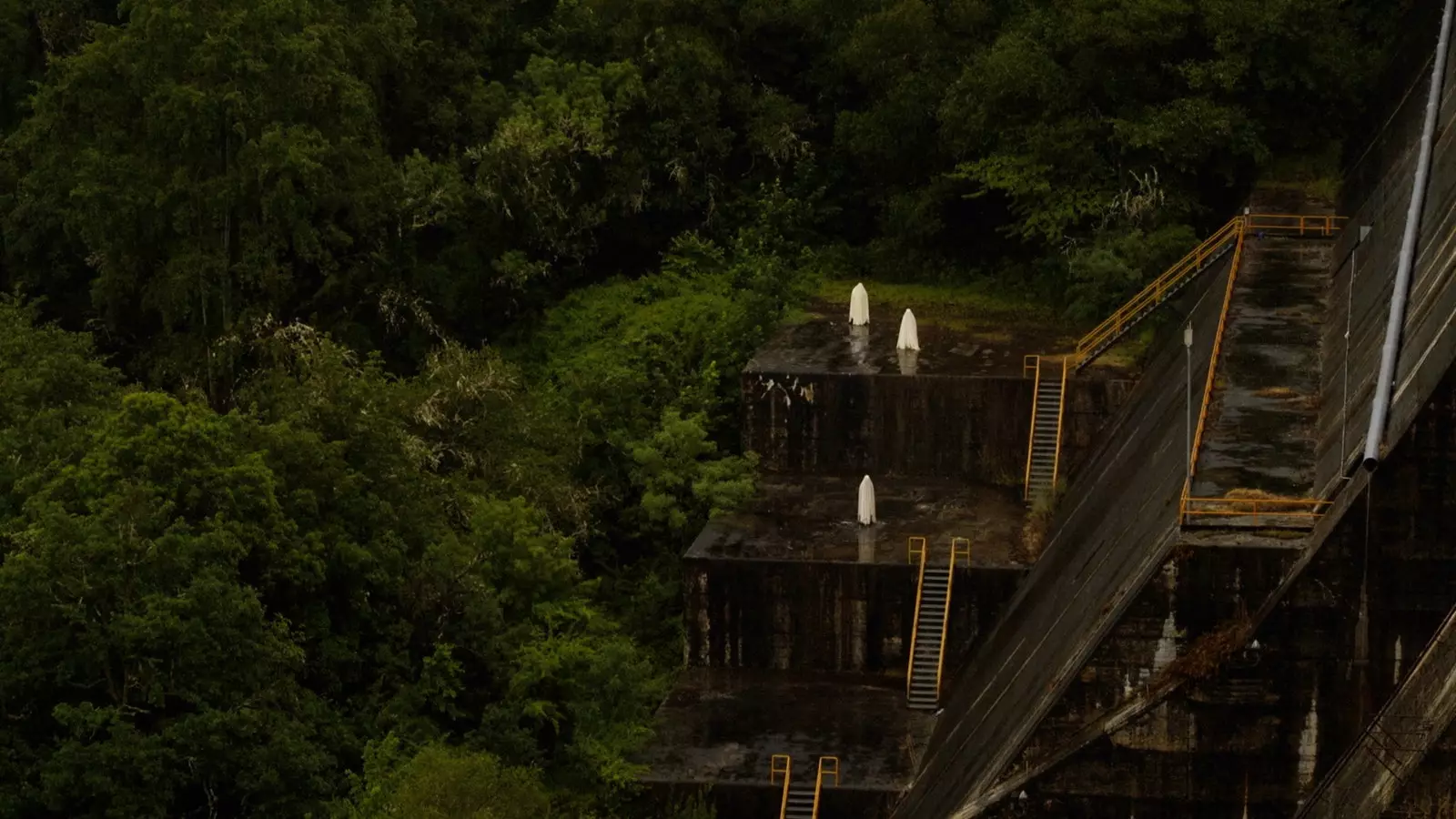
From the sea, from infinity, from the world...
Lua Vermella premiered at MOMA and the Lincoln Center in New York last year. He was at the Berlinale as one of the three Spanish artists- unique Galician -and in the city that never sleeps he was the only Galician of the two Spanish representations. It is his second film and sister to the first. So much Lua Vermella What Death Coast They speak of Galicia. Of the magical Galicia, the mythical, the deep . In Lua Vermella through the true story of Rubio, a diver who has collected more than three dozen bodies of sailors who died at sea seeks to explore the landscape cultural identity and on the exploration of time through a new cinematographic language.
He does it because Rubio, in the movie, has disappeared . The inhabitants of the seaside town wonder what will happen to the lost souls , with those unfortunate sailors who have lost their lives, but their bodies continue to wander the great blue. Fixed frames, long duration of each scene. That everyone can recreate in the landscape. “Let it be abandoned in the landscape”, says Patiño . The landscape is made up of strata of time, and time that ends up forming layers, strata, stories, myths and legends.
"This image, the one of the strata, like stories that accumulate. This image of memory that generates myths and legends is what I like . On the Costa da Morte, in the Mount Pindus Even the rocks have names. The highest is called the fertility bed . There went the couples who could not have children. They did it and the stone made them fertile", explains the author through the telephone line.
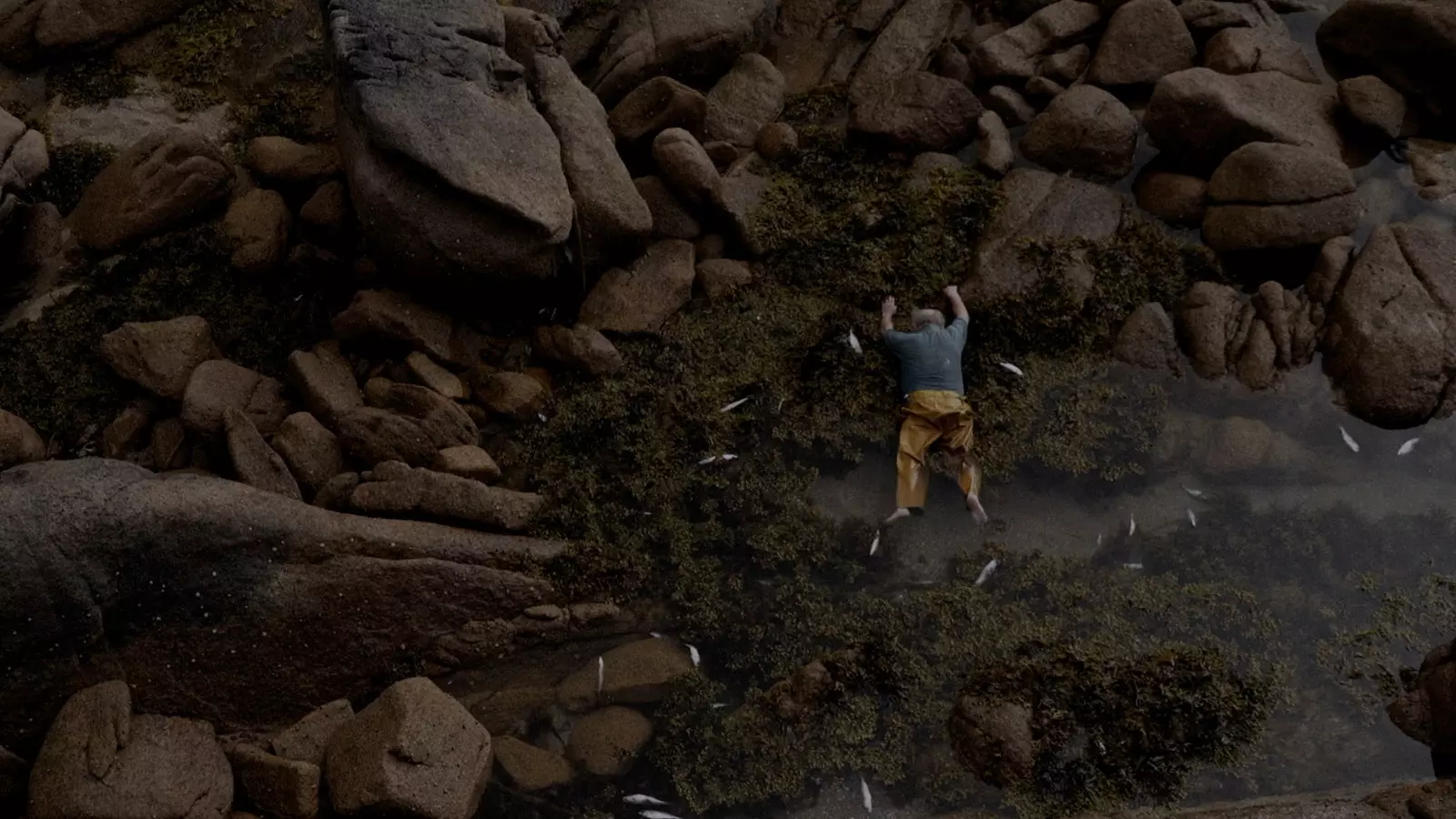
It all started when Patiño attended the funeral of Man
For Álvaro Cunqueiro, the verisimilitude of the imagination is an axiom. According to Jose Ignacio Diez Fernandez , student of the Galician writer, Cunqueiro firmly believed in that Provencal saying that says that old songs never lie . And Patiño, in the manner of Cunqueiro, reflects this in his work. In these myths lies a reality. And they're shaped by the landscape . he already said it Castelao in a quote that appears in Patiño's work: "Nun entran do home na paisaxe e da paisaxe no home creouse a vida eterna de Galiza" (In the entry of man into the landscape and of the landscape into man, life was created eternal of Galicia).
-The Costa da Morte for me was a mythical place before it was real . my first time was in the burial of Man de Camelle . When we were little we went more to the Rías Baixas, to the Ribeira Sacra, which is where my father was born, and the Costa da Morte had things like Finisterre, the shipwrecks, Man de Camelle , and I go to him, to that place, with all this imaginary. and how beautiful for me is to merge this imaginary with the real.
-Through the movies.
-Yes.
-To get what?
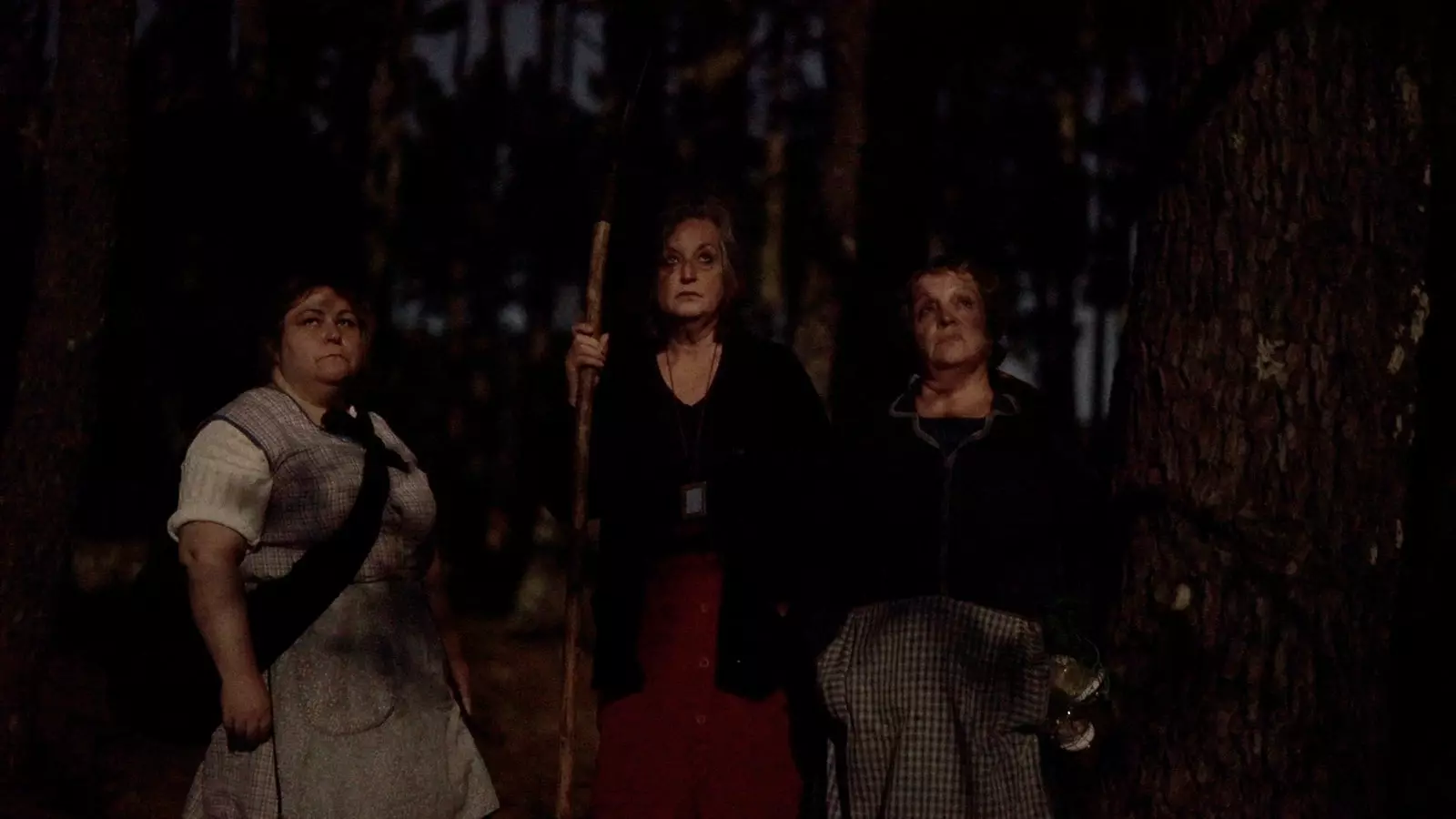
life and grief
-I am looking for an invitation to contemplate the landscape. It is very close to meditation, stopping thought... but contemplation is letting go , abandon yourself and get lost in the landscape. There is a process of intimacy, of introspection with the landscape . And that there is a moment of connection, and that the landscape you feel that looks back at you. In that moment there is a transcendence.
-Each landscape is different?
-Each landscape is different because the climate is different . The climate enters the human being. In Galicia the climate enters it , and that character is favored by the wild, dangerous sea, which for centuries was considered infinite, like a balcony to the abyss.
Lois Patiño uses one of those quotes for his latest work. “ A proscenium box is not occupied with impunity, in the great theater of mystery ". It's by Eugenio d'Ors. You can't be looking at the horizon of Fisterra without paying a price. If you have to know the secrets of the end of the world, before it goes through the box . because in the magical galicia everything bright has its dark side. If the landscape awakens these myths in the human being and it is humanity itself that verbalizes them, harming the landscape is not the best way to relate to it.
-Lack of consideration towards sustainability, towards the future perspective . Entering the landscape to exhaust its resources, with a perspective of the present, to make the most of it, is terrible, she explains.
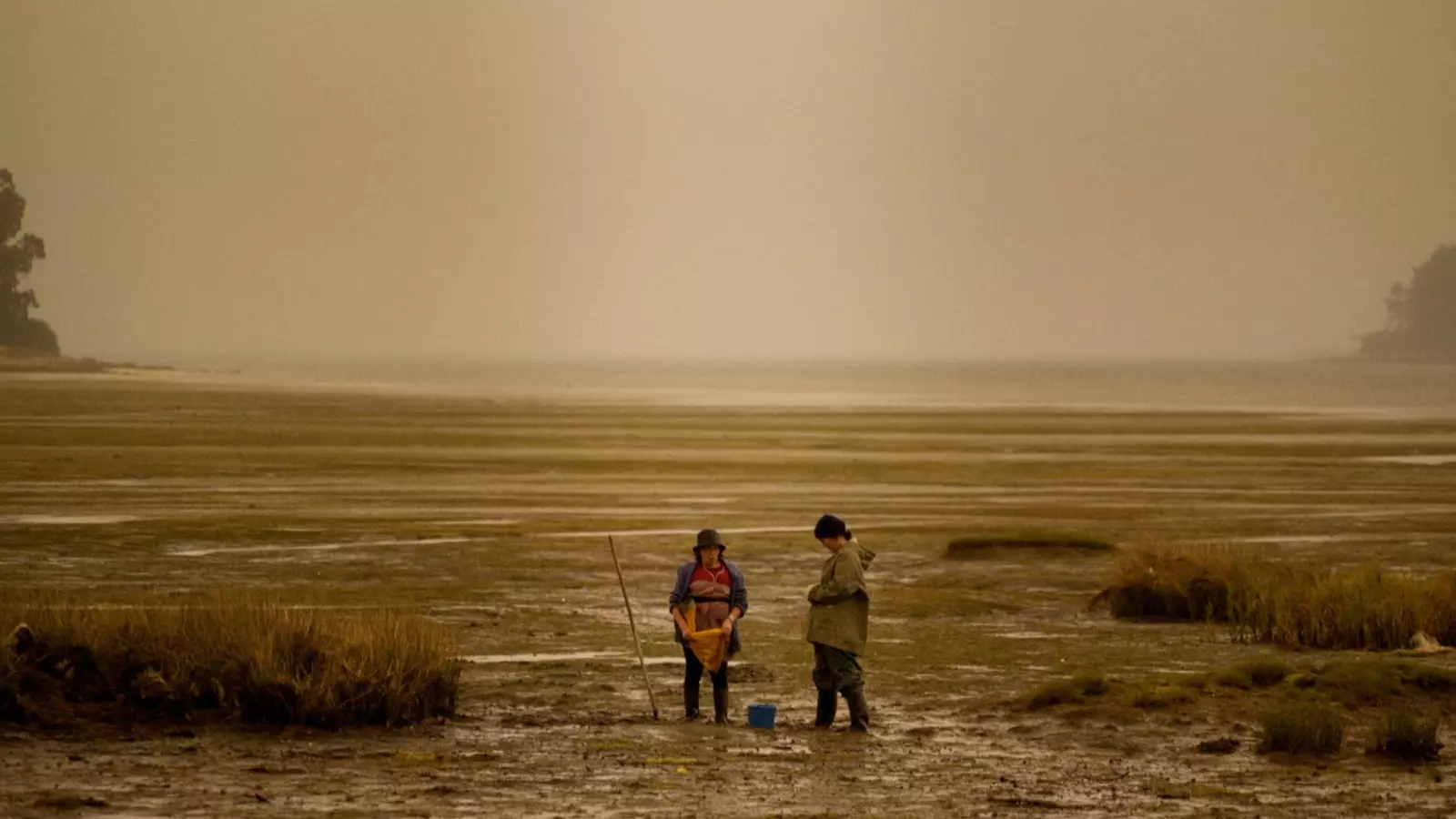
The fishermen, the shellfish gatherers, the barnacles
-Do we lack empathy towards time? Did he duel?
-There is a problem with the acceleration . Development and landscape have a different rhythm. We are imposing an accelerated pace on it. You have to go back to a resynchronization. This acceleration leads us to an unsustainable vertigo. In Galicia it happens with the barnacle . You have to control the rhythms to extract it. If there were no regulations to slow down the extraction, the species would end up disappearing.
That's why Lua Vermella has so much relationship with the human being and its landscape . The work of Galicia that moves in a natural environment. The fishermen, the shellfish gatherers, the barnacles . life and grief. People enter the landscape naming it, generating a memory of our lives that condenses into that image of stone on stone, land on land, which shows centuries of history in a geological test. But with an abstract look.
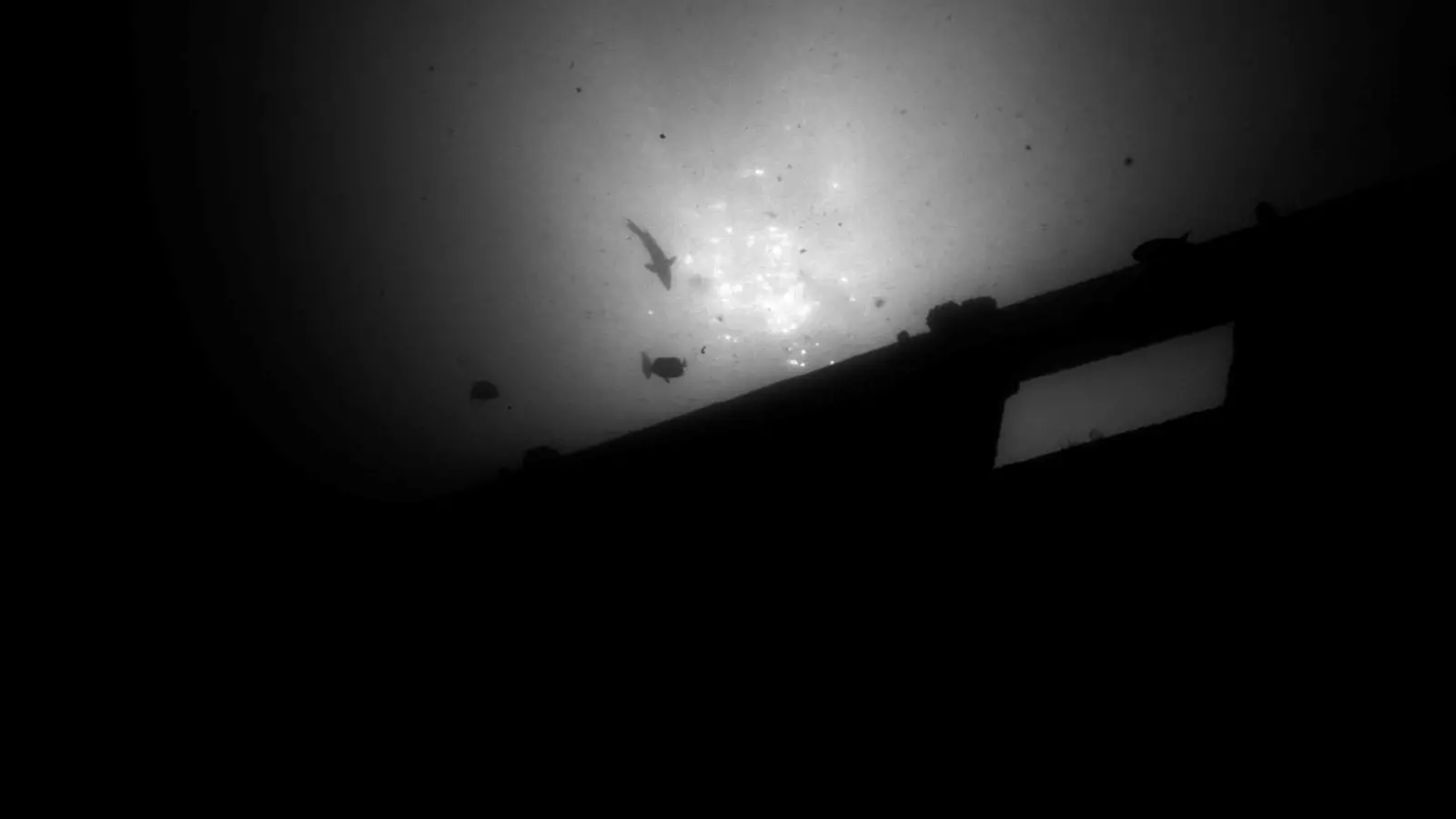
"The cinema that I make is part of the figurative"
-The cinema that I make is part of the figurative . I do a treatment of the image taking it to the extreme, that it goes to the limit. There is an influence of landscape painting, of Friedrich, with that distance of the landscape from the human figures, from the immensity. Faced with the continuity of nature, framing it on a canvas is what gives meaning to the idea of landscape . In my cinema I look for moving paintings. A clearing of light, the movement of the waves…
-In addition to the Costa da Morte. Any other place that seems painted to you?
-All landscapes have the potential to be carried away by it. I'm pretty nomadic when it comes to that . To give you an example, I had an overwhelming experience in the Sahara desert . Seeing sunrise in the Sahara desert was for me, it is for me another of those places that seem imagined. You are loaded with interior images: in silence, with the stories of the Bedouins, and the dunes begin to uncover themselves, to draw their shapes. In Fajr I try to capture that experience.
-And, somewhere you go to escape?
-To escape, I don't have one in particular, but something that has views with altitude . That distance helps me in some way to be intimate and with a little more clarity. I feel comfortable. I am quite a nomad. Being in new places I like.
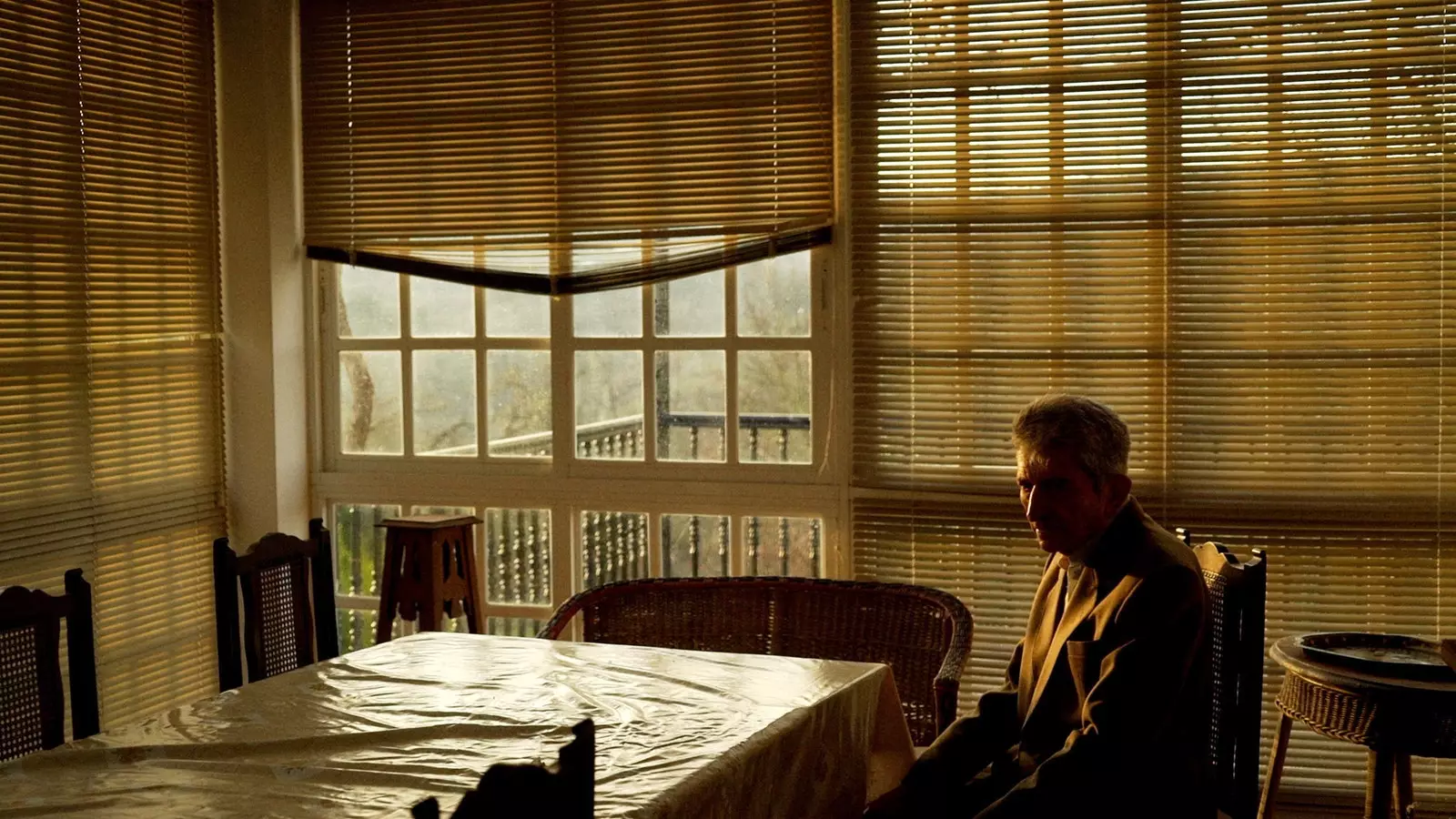
In each frame, a thought and an intention
